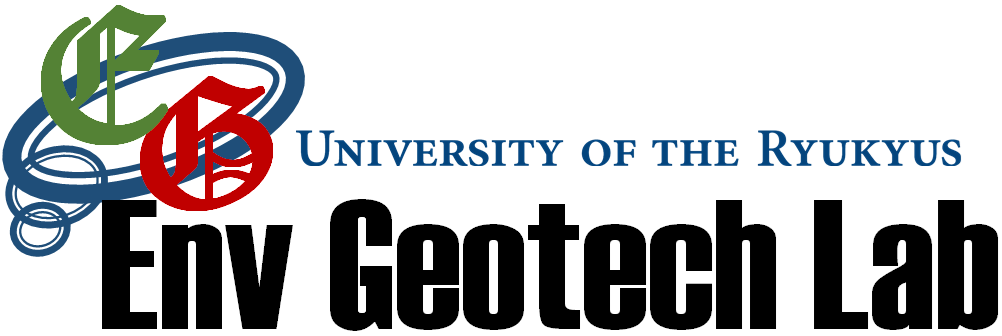Research summary
Mathematical Geoscience/Geomicrobiology – microbes in rock
Microorganisms attach to exposed rock surfaces, coat them with biofilms, and physically disrupt the grains in their quest to access nutrients and energy. However, the impact of microbial activity on terrestrial rock is not well understood. Specifically, the connection between their activity and land disasters, such as rock falls, slope failures, and bedrock collapses, remains unclear. We aim to introduce a novel perspective to the fields of Geomicrobiology and Rock/Soil Mechanics by leveraging our mathematical models, experiments, and field investigations to determine whether there is a link between microbial activity and land disasters.

Geoenvironmental Engineering – Rock weathering
Geological-time variations in the Earth's upper crust result in changes to the material properties of rocks. The underlying mechanism is likely complex and remains largely unexplored, as changes in material properties can be induced by physical, chemical, and biological effects. Therefore, we propose to employ novel numerical simulations, experimental methodologies, and field investigations to understand the multiphysical mechanisms of rock weathering.

Rock mechanics/Geoscience – Geo-dynamics
We examine the dynamic response of soil/rock foundations during earthquakes, with a particular focus on ground liquefaction phenomena in the Ryukyu arc.

Computational Science/Mechanics – highly accurate numerical methods
To accurately estimate red-soil outflows, rock falls, slope failures, and microbial activity in rocks, highly precise numerical techniques are essential. We aim to enhance and develop innovative numerical methods based on the finite element model, the discrete element model, among others. Additionally, we actively incorporate high-performance computing technologies into our research through various collaborative efforts.


